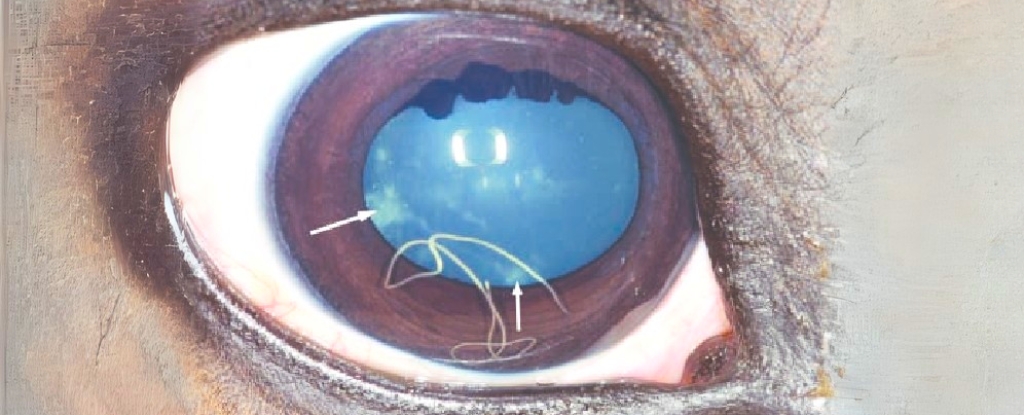Zealandia, a submerged landmass primarily located beneath the Pacific Ocean, has long intrigued geologists and researchers. For years, it was largely overlooked, its true nature shrouded in mystery due to its mostly submerged form. Now, after years of exploration and research, Zealandia is officially recognized as Earth’s eighth continent. A major milestone was achieved with the comprehensive mapping of this landmass, which was published in recent studies, revealing intricate details of its geological structure and origins. A related study, published in the journal Tectonics, provides further insights into Zealandia’s geological formation and offers a deeper understanding of the region’s tectonic movements.
This discovery has drawn global attention, with implications for our understanding of Earth’s geological processes. For decades, scientists believed Zealandia was merely an underwater fragment of other known continents. However, a landmark study by researchers from New Zealand and other international teams has now demonstrated Zealandia’s unique geological characteristics, supporting its classification as a distinct continent. The full map of Zealandia, recently completed, not only redefines geographical boundaries but also sheds light on the shifting dynamics of the Earth’s crust over millions of years.
What Makes Zealandia a Continent?
Zealandia’s classification as a continent has sparked considerable debate in the scientific community. A continent, by standard definition, is a large, continuous mass of land, which is clearly the case for Zealandia, even though about 93% of it lies beneath the ocean. The distinguishing factor for Zealandia, however, lies in its geological structure. “This work completes offshore reconnaissance geological mapping of the entire Zealandia continent,” the researchers said, referring to the extensive effort that finally delivered a comprehensive map of this submerged landmass.
Zealandia meets the criteria set by the International Geological Congress for defining continents. It has its own geological identity, distinct from that of surrounding landmasses, and is largely isolated by oceanic crust. This provides further evidence that Zealandia is not merely a large landmass or a fragment of another continent but an independent geological entity in its own right.
The landmass was once part of the supercontinent Gondwana, which also included Antarctica, Australia, and South America. As Gondwana split millions of years ago, Zealandia drifted away and sank beneath the Pacific Ocean, leaving only its peaks above the waterline, which form New Zealand and New Caledonia. This history of tectonic activity adds another layer of complexity to Zealandia’s formation and categorization.
Mapping Zealandia: A Technological Feat
Mapping Zealandia has been no small feat. The process involved cutting-edge technologies such as multi-beam sonar systems and seismic data collection, all crucial for mapping regions that lie deep underwater. Unlike traditional land-based geological surveys, this research relied on detailed measurements taken from the ocean floor, which were then analyzed to build an accurate map of Zealandia’s submerged extent.
The research teams also worked with data gathered from satellites and oceanic platforms to create high-resolution maps that illustrate Zealandia’s geological features. These maps reveal more than just the size of the continent—they also showcase its geological diversity, from mountains to valleys, offering a glimpse into the land that lies beneath the surface.
The mapping process was not only technical but also time-consuming. With the region’s difficult-to-reach areas and submerged terrain, it took years of effort to gather sufficient data. These efforts were further complicated by the challenges of underwater terrain mapping, but the breakthrough has now positioned Zealandia as one of the most exciting geological discoveries in recent years.
Source link


